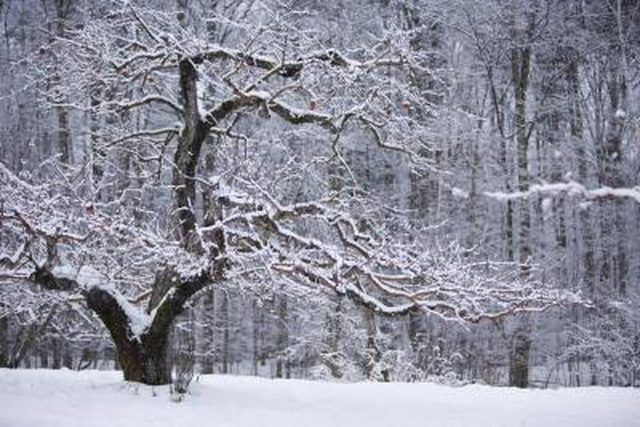Bulbs
Flower Basics
Flower Beds & Specialty Gardens
Flower Garden
Garden Furniture
Garden Gnomes
Garden Seeds
Garden Sheds
Garden Statues
Garden Tools & Supplies
Gardening Basics
Green & Organic
Groundcovers & Vines
Growing Annuals
Growing Basil
Growing Beans
Growing Berries
Growing Blueberries
Growing Cactus
Growing Corn
Growing Cotton
Growing Edibles
Growing Flowers
Growing Garlic
Growing Grapes
Growing Grass
Growing Herbs
Growing Jasmine
Growing Mint
Growing Mushrooms
Orchids
Growing Peanuts
Growing Perennials
Growing Plants
Growing Rosemary
Growing Roses
Growing Strawberries
Growing Sunflowers
Growing Thyme
Growing Tomatoes
Growing Tulips
Growing Vegetables
Herb Basics
Herb Garden
Indoor Growing
Landscaping Basics
Landscaping Patios
Landscaping Plants
Landscaping Shrubs
Landscaping Trees
Landscaping Walks & Pathways
Lawn Basics
Lawn Maintenance
Lawn Mowers
Lawn Ornaments
Lawn Planting
Lawn Tools
Outdoor Growing
Overall Landscape Planning
Pests, Weeds & Problems
Plant Basics
Rock Garden
Rose Garden
Shrubs
Soil
Specialty Gardens
Trees
Vegetable Garden
Yard Maintenance
Why Do Deciduous Trees Lose Their Leaves in Winter?
Why Do Deciduous Trees Lose Their Leaves in Winter?. Unlike evergreen trees, deciduous trees -- like oak, hickory, beech and birch -- drop their leaves in autumn. As winter approaches, leaves can actually be a liability to deciduous trees.

Unlike evergreen trees, deciduous trees -- like oak, hickory, beech and birch -- drop their leaves in autumn. As winter approaches, leaves can actually be a liability to deciduous trees.
Annual Cycle
Tree growth periods usually end in late June. Buds are set, and the carbohydrates the tree has produced in its leaves are stored in stems, roots and branches instead of the tree using them to fuel new growth. This stored-up energy will sustain a tree until spring arrives and the cycle renews.
About Leaves
Leaves are a tree's food factories. But in winter, if the tree did not drop its leaves, the watery sap inside them would freeze, possibly costing a tree its life. Rather than take that chance, nature allows the tree to shed its leaves and grow new ones the following spring.
Shedding Leaves
Trees respond to diminishing sunlight and cooler temperatures in fall by developing a layer of cells at the base of each leaf that shuts down fluid and nutrient flow to and from the leaf. Chlorophyll begins to dissipate quickly, giving way to fall colors. Eventually, the tree cuts leaves loose to get ready for winter.